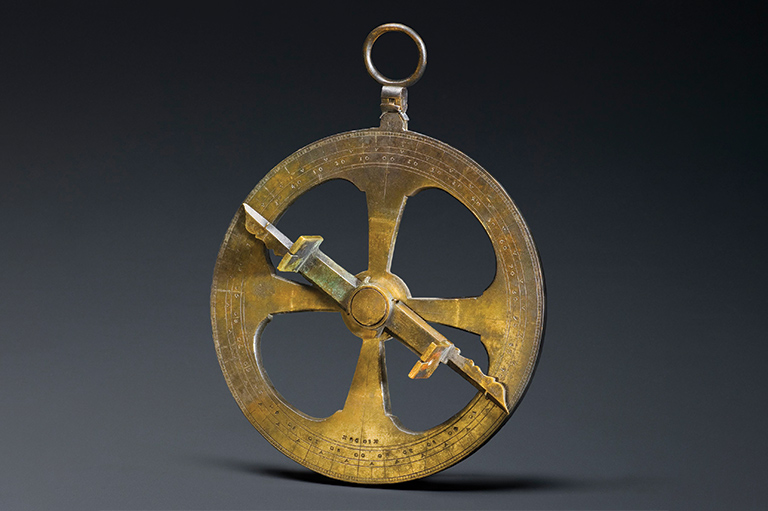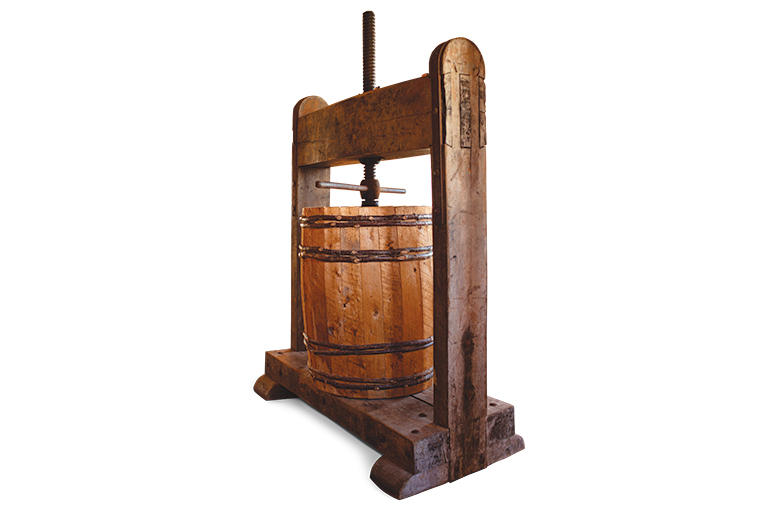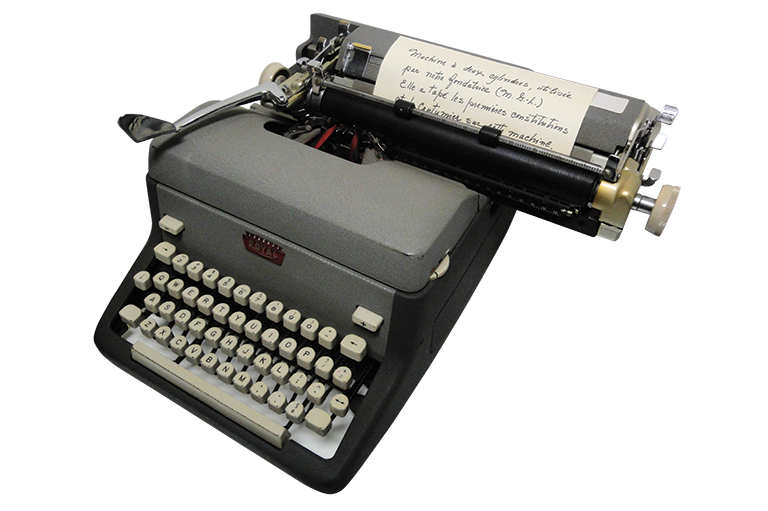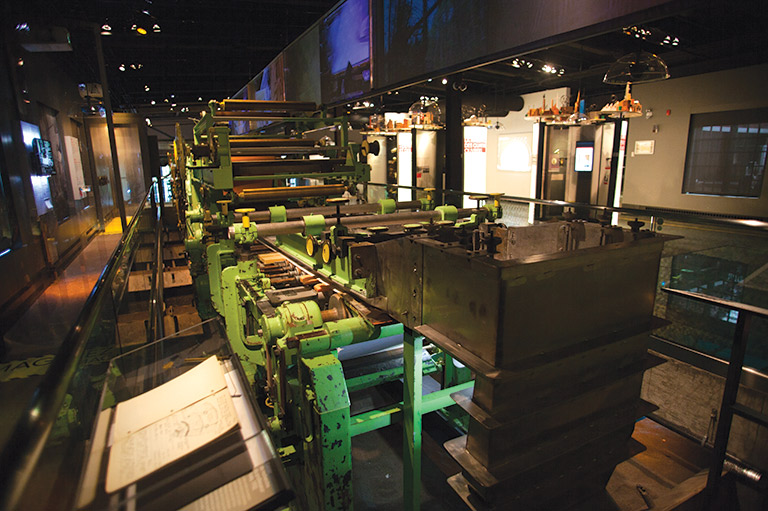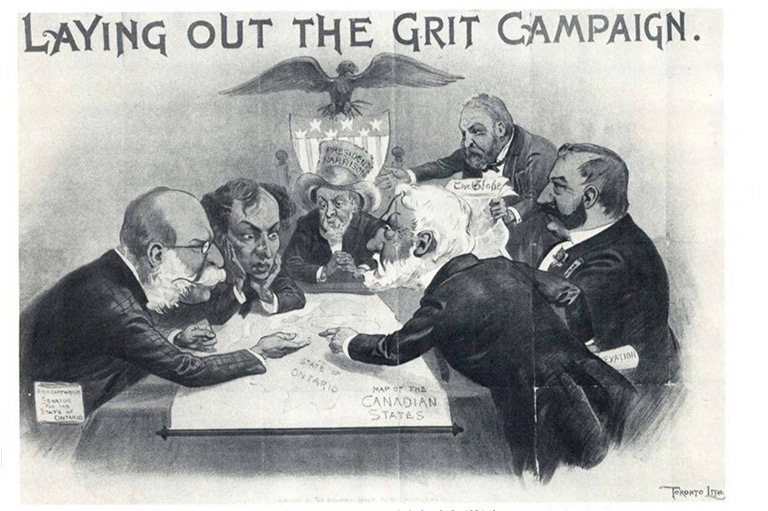Chatham Winnowing Mill
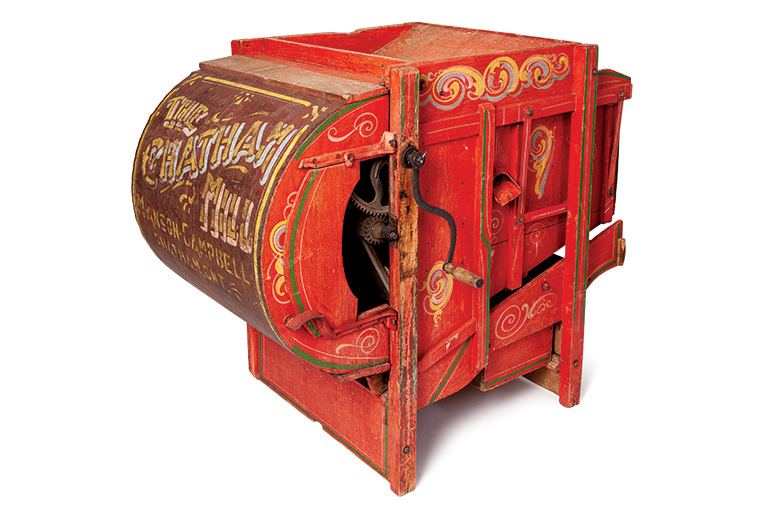
Cereal cultivation has been practiced since the fourteenth century by the Iroquoian First Nations of the St. Lawrence Valley. When Europeans arrived on the continent, they quickly understood that colonization required food self-sufficiency, and the intensive cultivation of wheat was quickly adopted under the French seigneurial landholding system. Bread represented up to eighty-five per cent of the French settlers’ diets.
After the British conquest of New France, the seigneurial regime persisted until 1854. British authorities also established townships with freehold land ownership. At the end of the century, dairy farms replaced much of the cereal production in the St. Lawrence Valley; however, farmers continued to grow for their own consumption and for their livestock.
In the nineteenth century, Manson Campbell invented the Chatham winnowing mill, which facilitated the task of husking wheat and other cereals. This model, built between 1850 and 1900, became very popular at the turn of the twentieth century. After several decades of use, it was cleaned and restored for the Musée québécois de l'agriculture et de l'alimentation in La Pocatière — home to the first permanent agricultural school in Canada, founded in 1859.
With 7 uniquely curated newsletters to choose from, we have something for everyone.
Themes associated with this article
Advertisement


